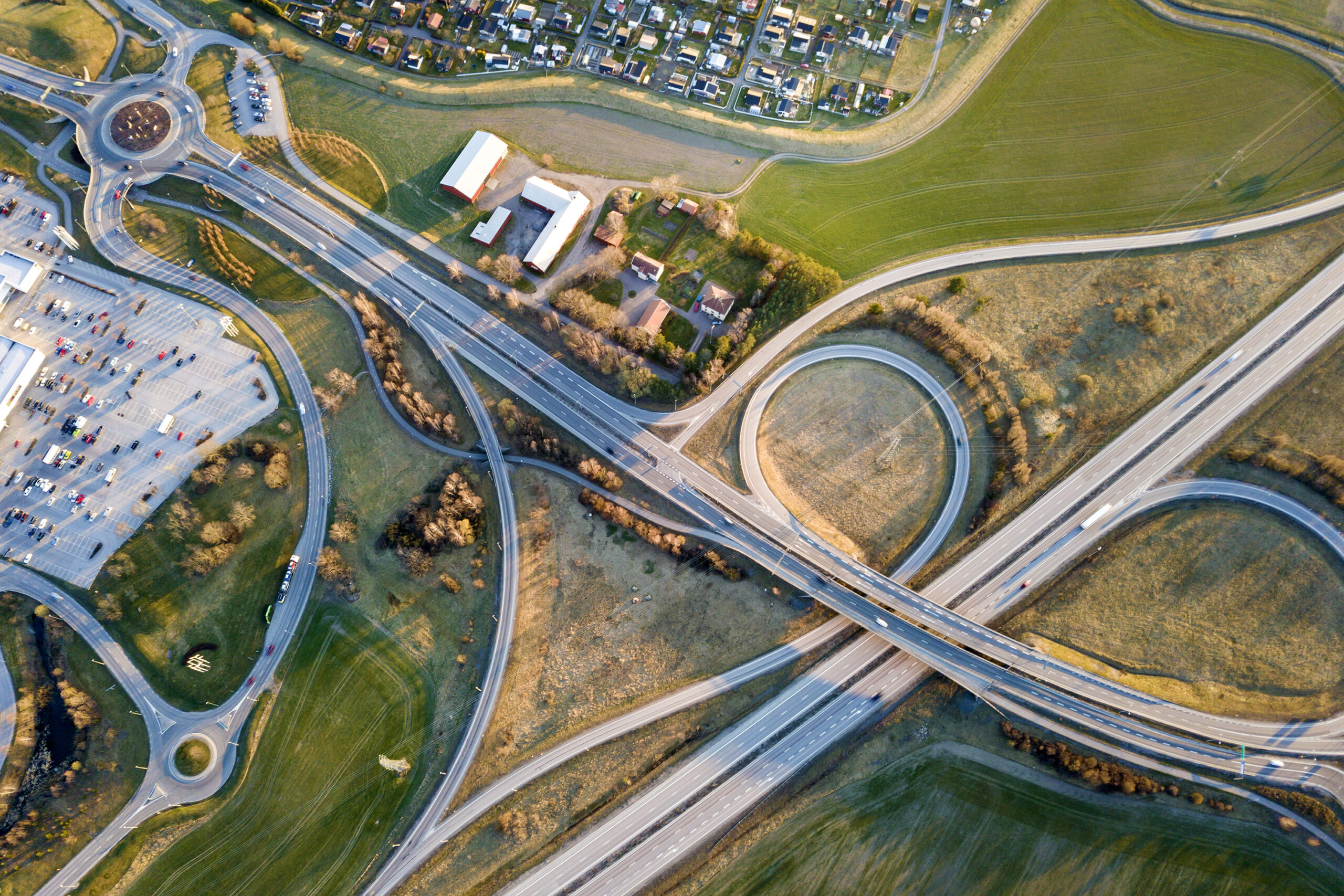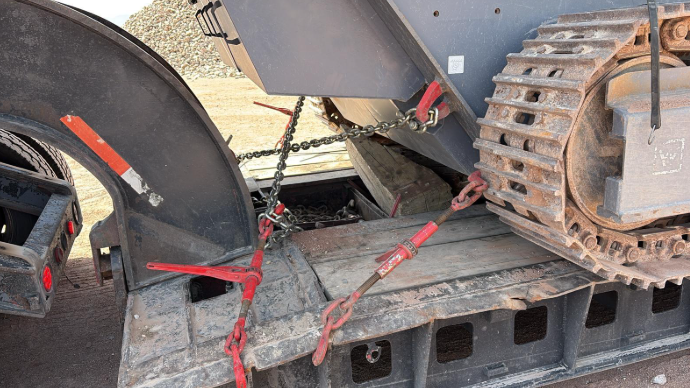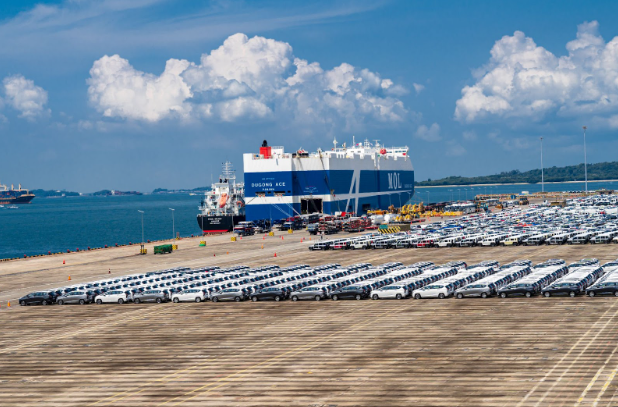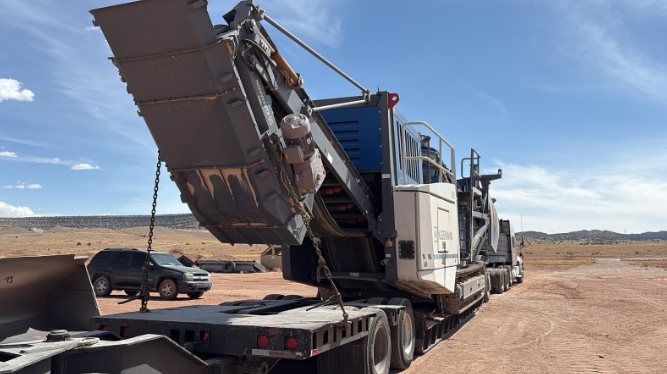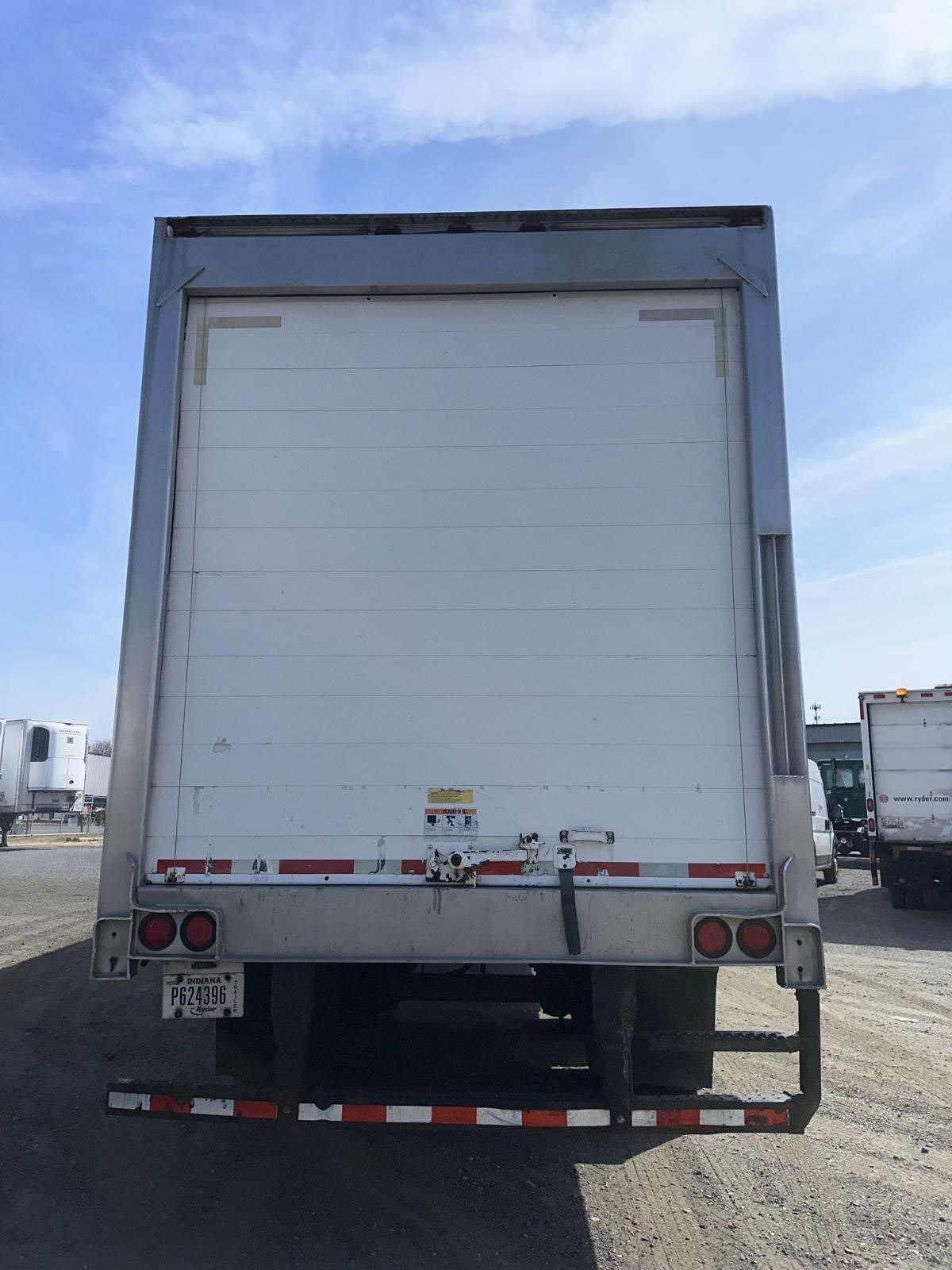Truckload (TL) shipping plays a crucial role in the global supply chain, ensuring goods move efficiently from manufacturers to end users. However, outdated infrastructure has long been a bottleneck, causing delays, increasing costs, and reducing overall efficiency. With major infrastructure projects underway, the TL shipping industry is witnessing significant improvements. Here are five ways infrastructure developments are enhancing TL shipping efficiency.
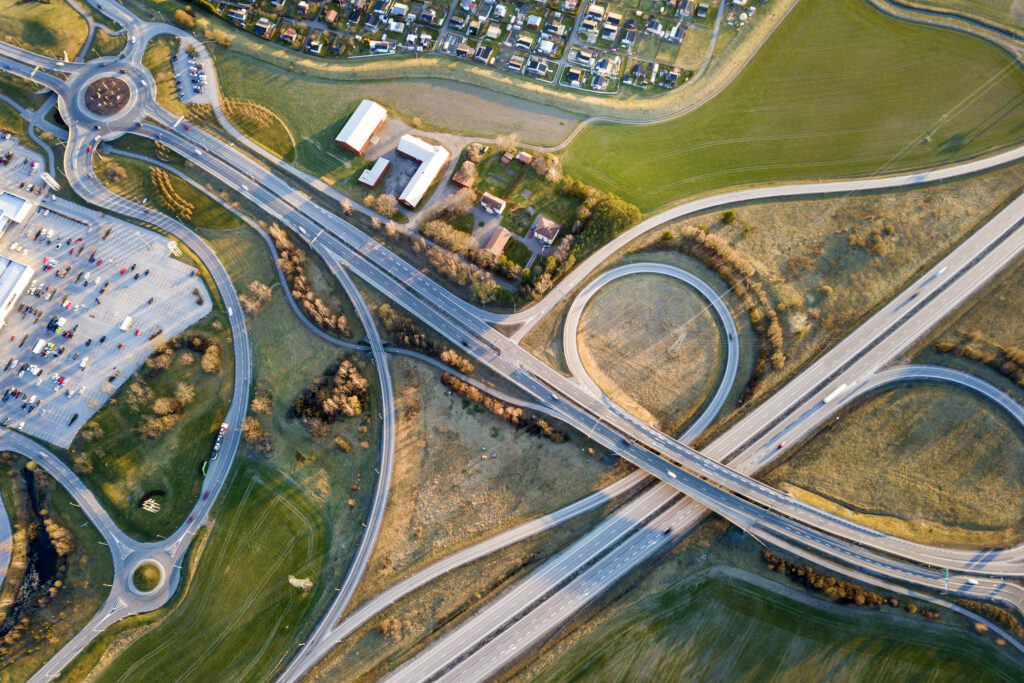
1. Highway Expansions Reduce Congestion
Traffic congestion has long plagued TL shipping, leading to increased fuel consumption and delayed deliveries. Recent infrastructure investments aim to alleviate these issues by expanding major highways and interstates. For instance, the Bipartisan Infrastructure Deal includes substantial funding to modernize highways, which is expected to reduce congestion and improve transit times for freight carriers.
2. Smart Traffic Management Enhances Routinggement Enhances Routing
The integration of intelligent traffic management systems is transforming the way TL carriers navigate w3. Bridge and Roadway Modernization Increases Safety
Aging infrastructure has posed safety risks for truck drivers and freight alike. Ongoing projects aimed at reinforcing bridges, repaving deteriorated roads, and upgrading load-bearing capacities ensure safer and smoother journeys. With fewer detours and restrictions, TL shipments can maintain better delivery schedules and reduce costly delays.
3. Bridge and Roadway Modernization Increases Safety
Ports are critical hubs for TL shipments. Recent investments focus on modernizing port facilities to improve capacity and efficiency. For instance, the Port of Brunswick in Georgia has become the largest U.S. automobile port, surpassing Baltimore, after a 13% increase in vehicle traffic, totaling 841,000 cars and trucks in 2024. The Georgia Ports Authority has invested $262 million in recent upgrades, expanding Brunswick’s development and storage capacity. Additionally, the port is constructing a new dock for larger ships and a new rail yard to triple its export capacity.
5. Rest Stop Upgrades Support Driver Productivity
Efficient TL shipping also depends on driver well-being. Modernizing rest stops with better parking facilities and amenities allows truck drivers to take necessary breaks without struggling to find safe locations. Well-rested drivers mean fewer accidents and improved delivery reliability.
These infrastructure developments are pivotal in optimizing TL shipping efficiency. As these investments continue, the industry is poised for enhanced productivity, benefiting carriers, shippers, and consumers alike.
Conclusion
Infrastructure developments are playing a pivotal role in optimizing TL shipping efficiency. With expanded highways, smart traffic management, safer roads, improved ports, and better rest stops, the industry is experiencing reduced delays and enhanced productivity. As these investments continue, TL shipping will become even more streamlined, benefiting carriers, shippers, and consumers alike.
Is your business ready to take advantage of these infrastructure improvements? Partner with a logistics provider that stays ahead of the curve. Contact STT Logistics Group today to streamline your heavy haul transportation needs!
